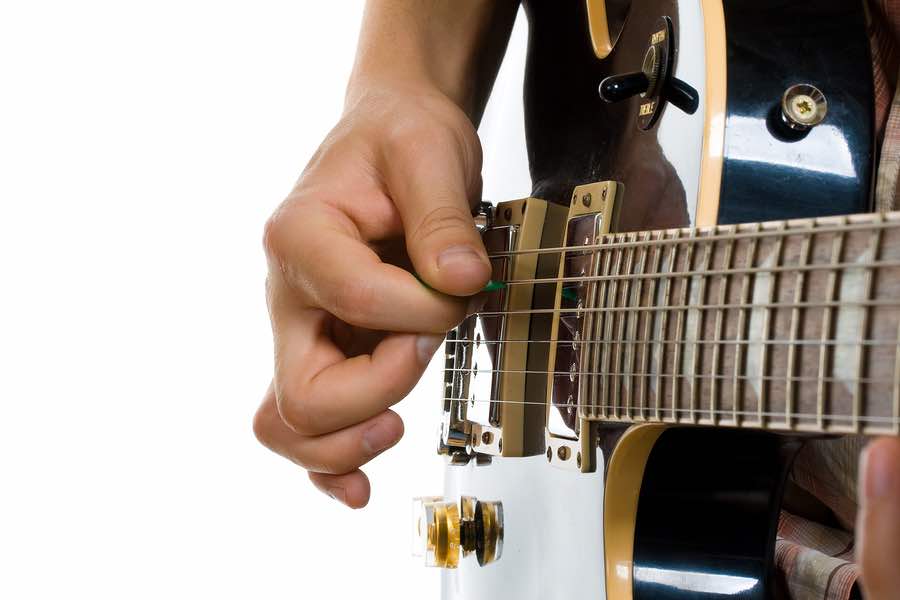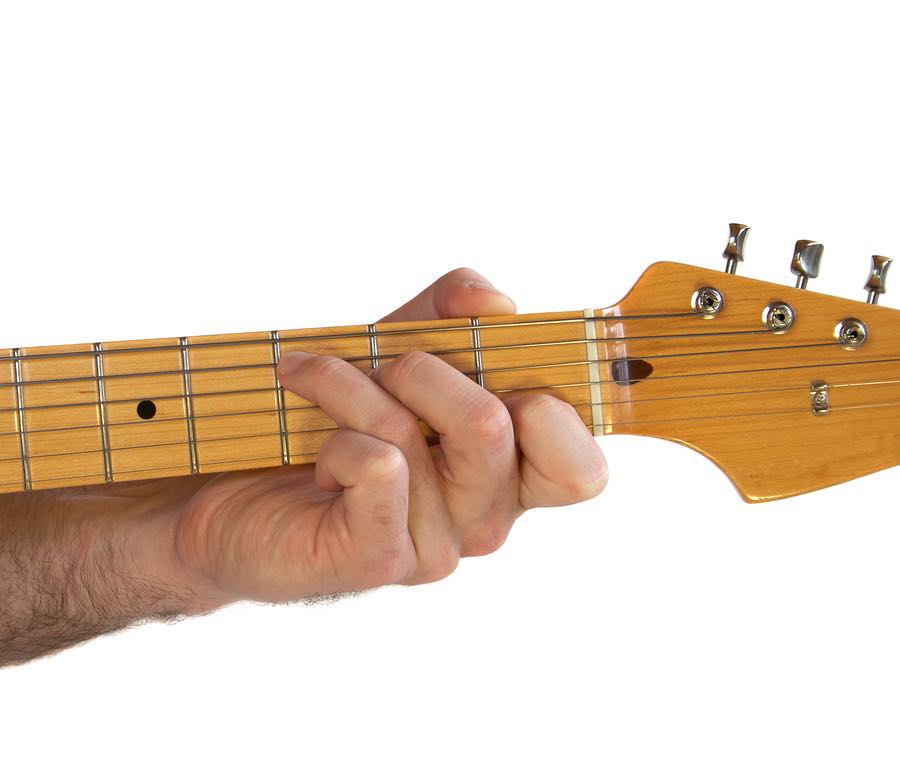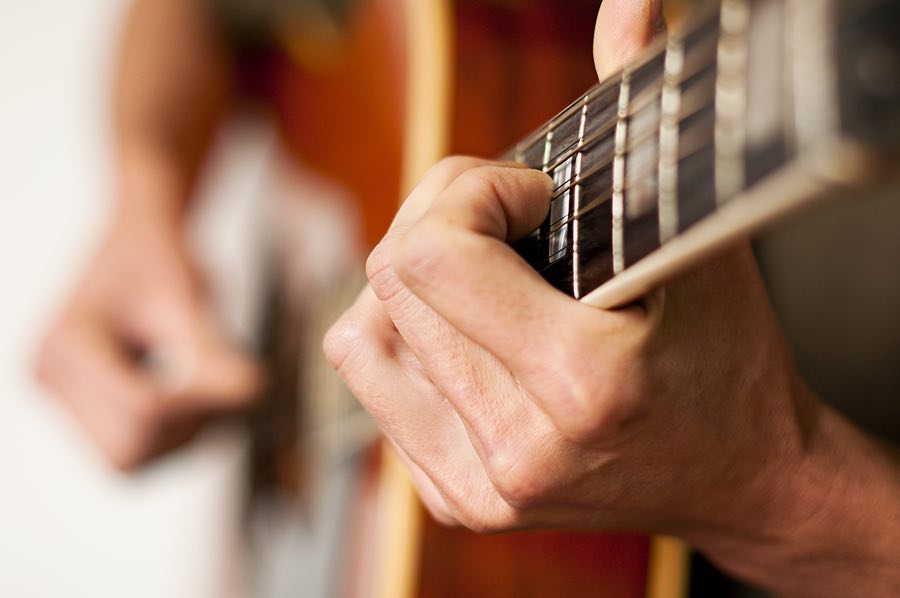Bigstock photo
 Everything evolves around scales. We use scales to create music, study music theory, understand music, build chords, progressions, arpeggios and learn soloing and improvisation.
Everything evolves around scales. We use scales to create music, study music theory, understand music, build chords, progressions, arpeggios and learn soloing and improvisation.
So how do you build a scale with a formula, how do you figure out the notes for a particular scale, what else can you do with a scale formula and how can you make sense of it all?
Well, let’s find out.
The scale formula gives you insight in the notes you play. It gives you a clear overview of how scales relate to each other and reveals the easiness of building any scale in seconds.
It also a great tool for learning and understanding chord construction and soloing. Once you know the logic behind a scale and how to use the formula, a lot of pieces to the puzzle will fall into place one step at a time.
To construct or build a scale we need a major scale and a scale formula. We use the major scale as groundwork and reference point for building all the other scales and then apply the appropriate scale formula to fill in the notes. Continue Reading


 Tab (Tablature) or Tab notation is an easy way to read and notate guitar music.
Tab (Tablature) or Tab notation is an easy way to read and notate guitar music.